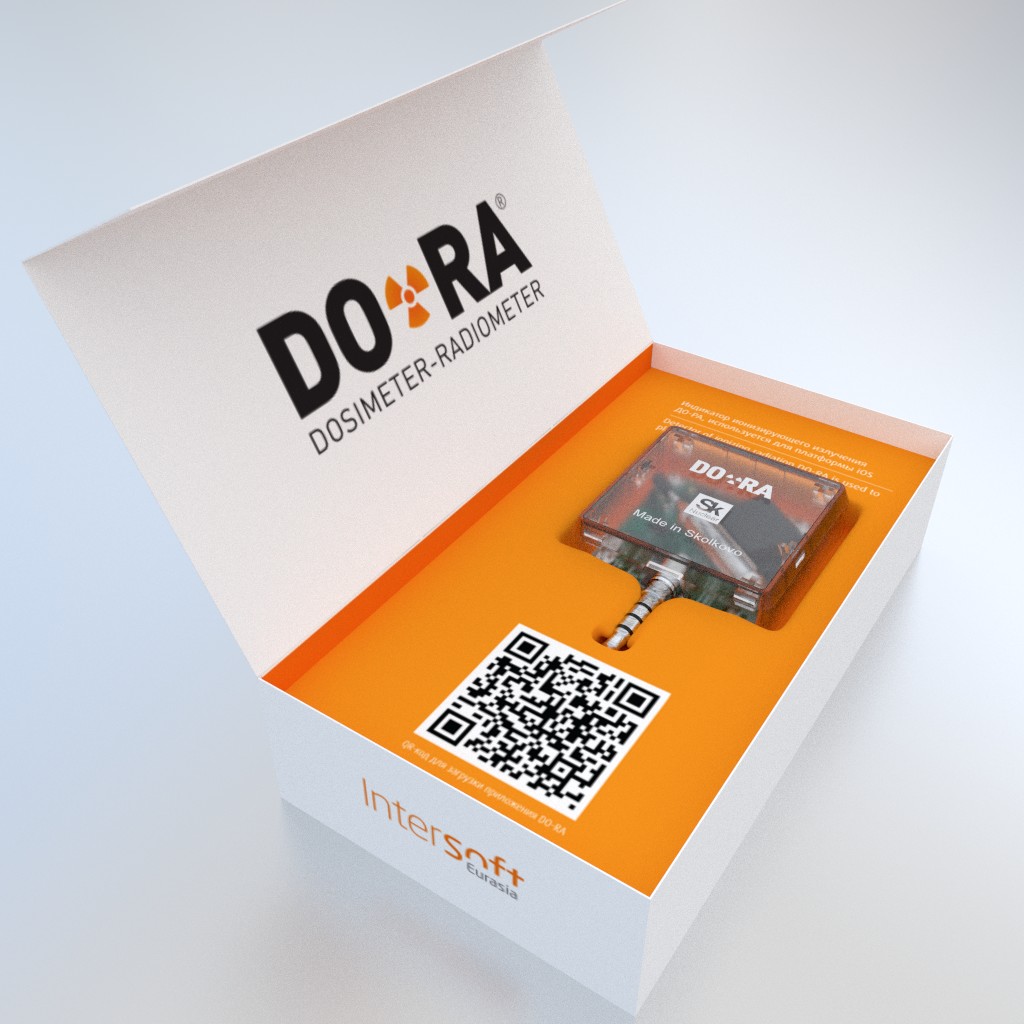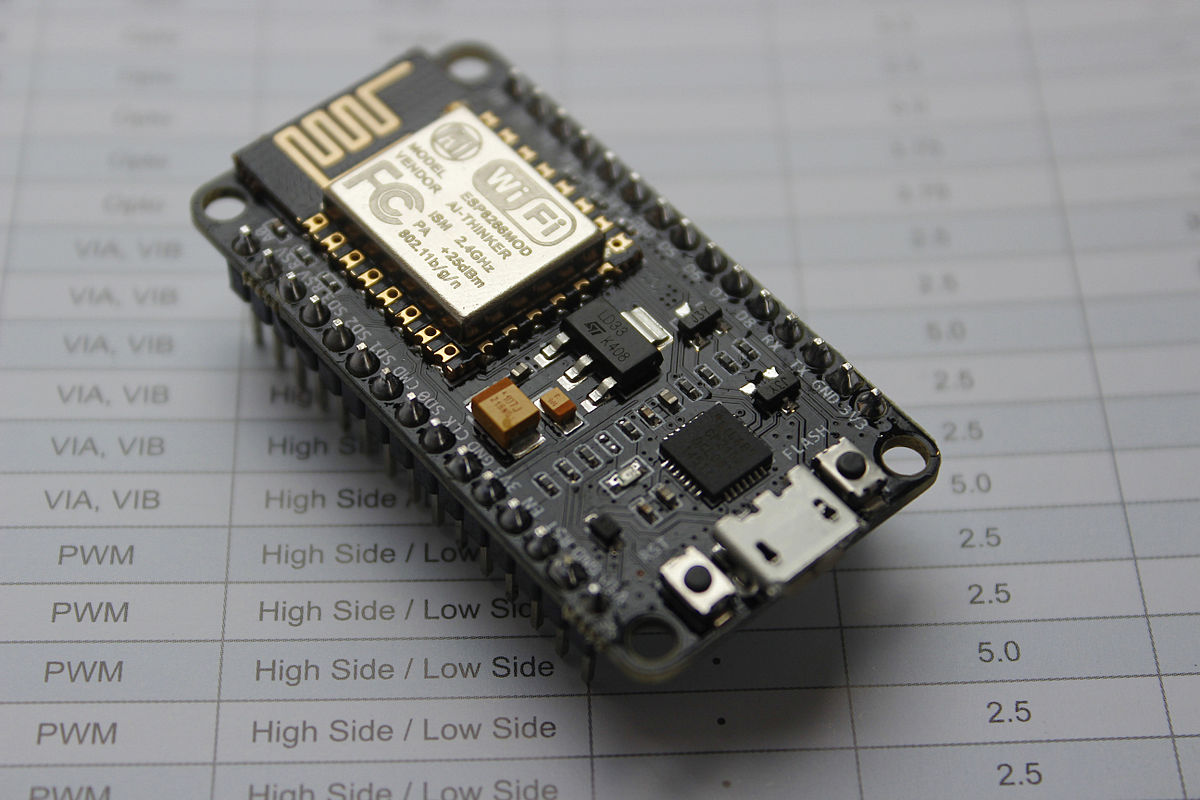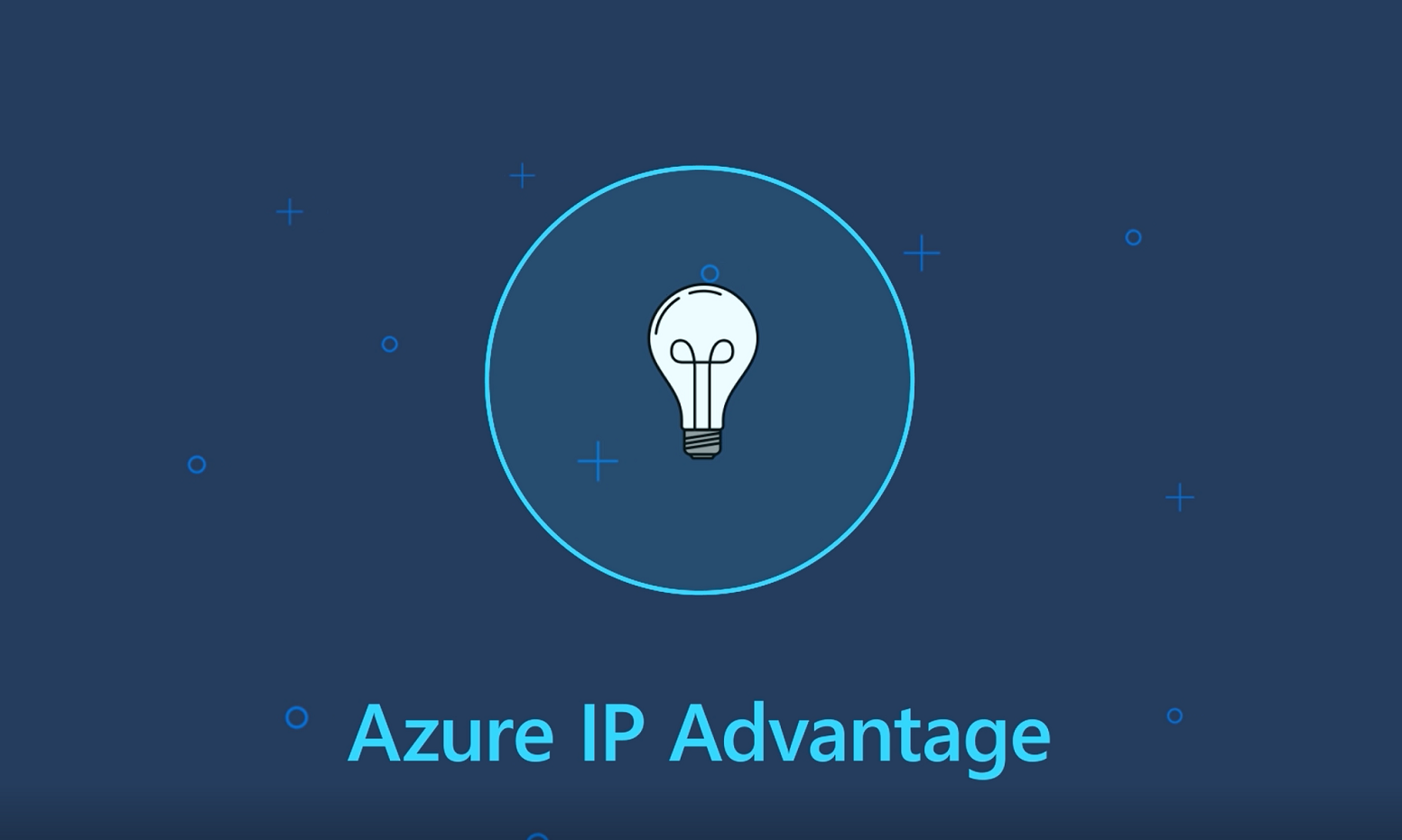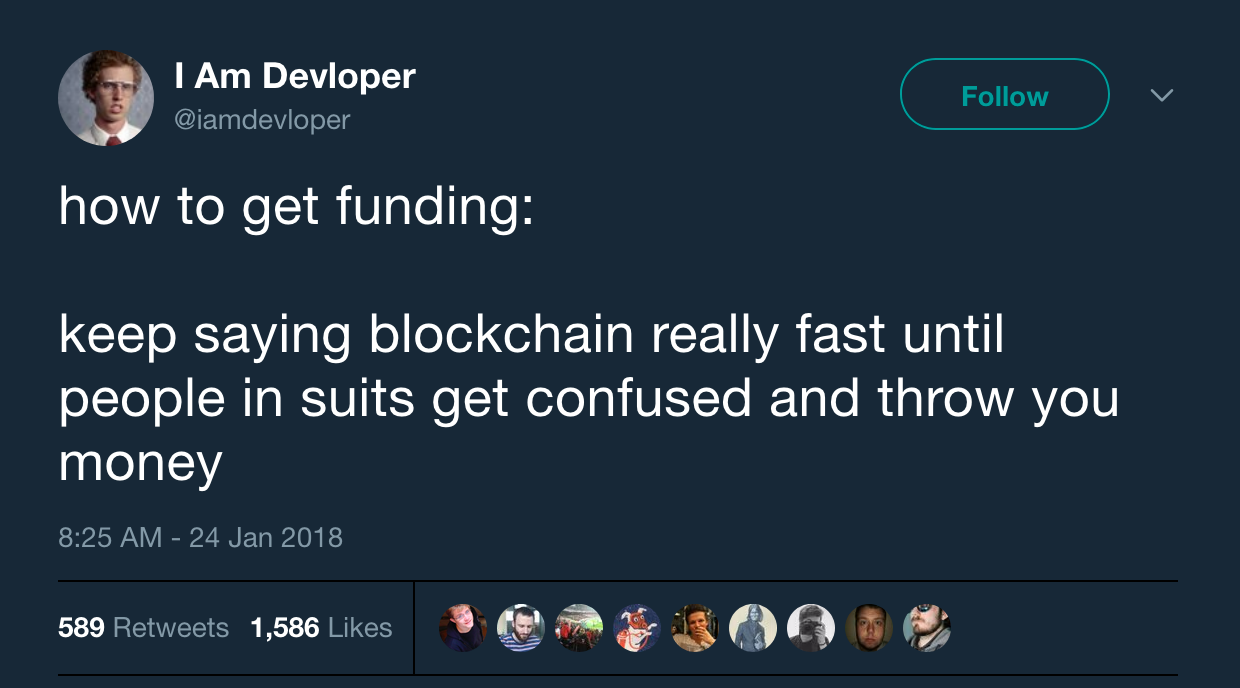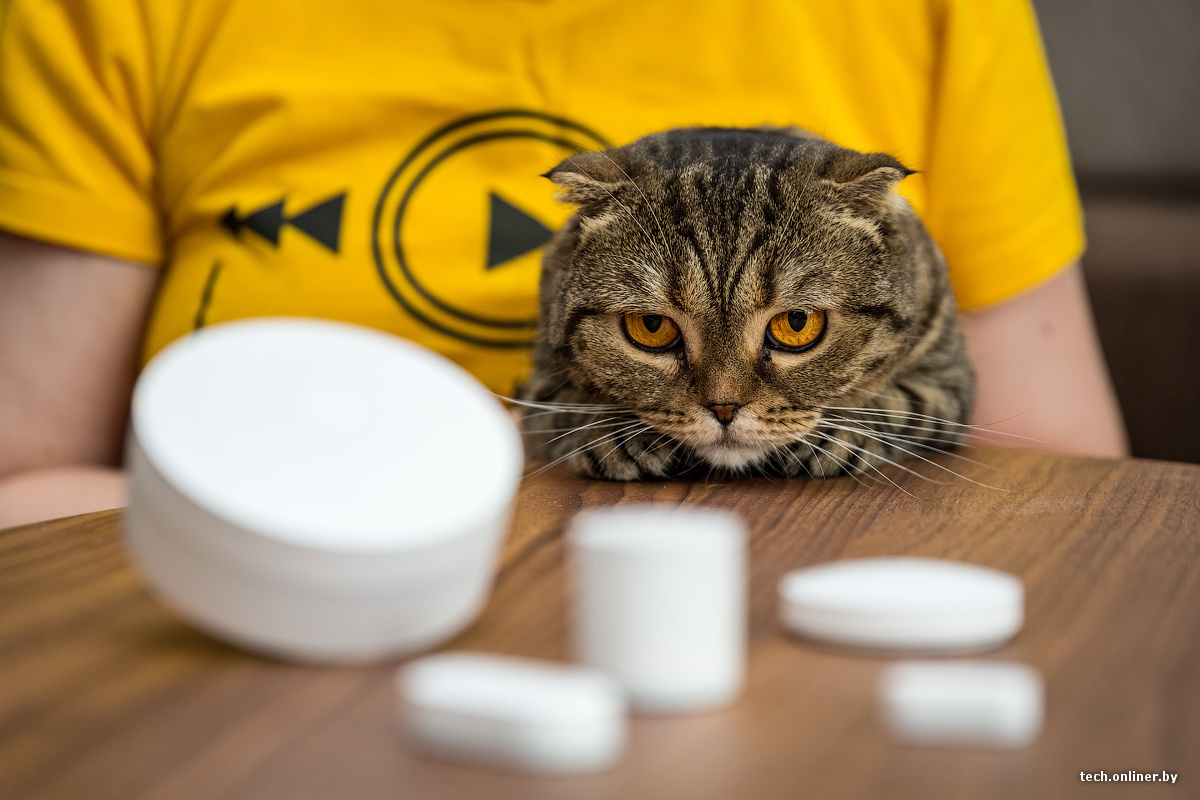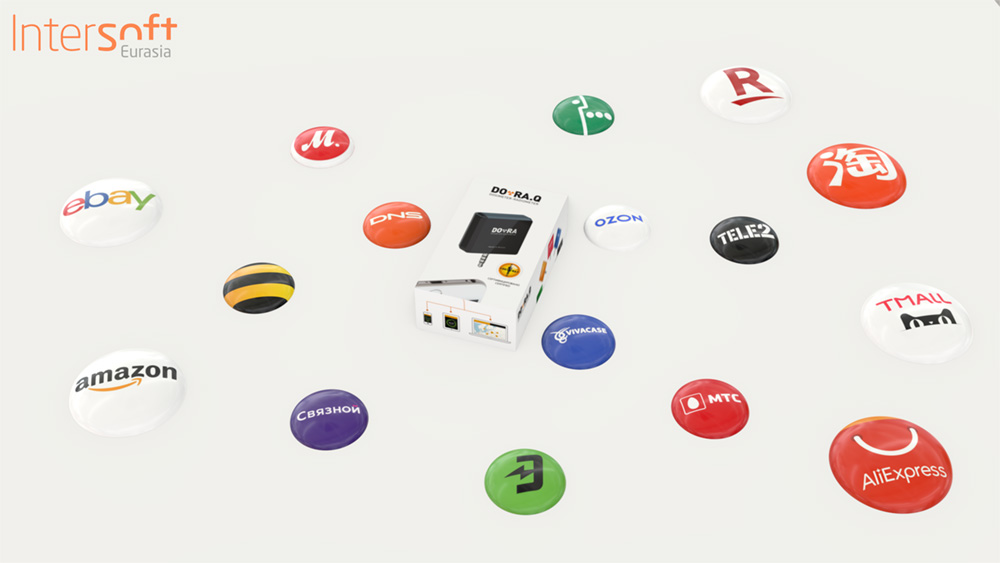
Introduction
In early March 2019, Intersoft Eurasia team completed work on a test batch of DO-RA gadgets — personal, cross-platform dosimeters-radiometers to monitor the radiation situation at the measurement site, compatible with iOS and Android smartphones and tablets.
By buying such a device, the user receives the following: reliable electronics which have undergone radiation testing in the factory laboratory, stylish colored case in the spirit of Malevich ;) for every taste, gift packaging, color insert instructions in Russian and English, special USB charging cable, a free updateable DO-RA.Pro application from the App Store and Google Play.
The next step in our project implementation is to find the best sales channels for Made in Russia products in the challenging environment of stagnant purchasing power.



